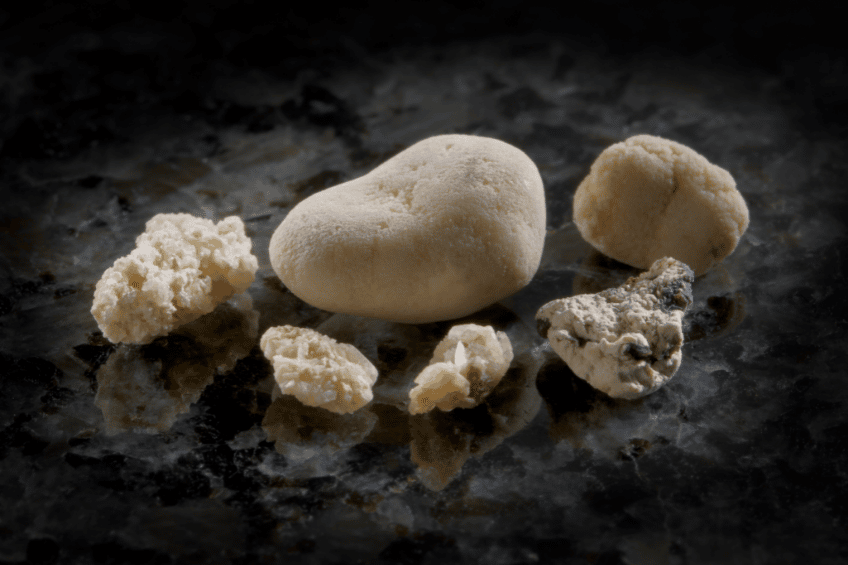Overview
Kidney stones are an acute, urgent and widespread problem. Today, from 25 to 40% of patients who see a urologist are diagnosed with kidney stones. Every year, doctors observe a steady increase in case rates.
Kidney stones (or urolithiasis) are a chronic disease caused by metabolic imbalance. Various mineral salts accumulate in the kidney’s internal cavity, called the renal pelvis, gradually turning into dense stony agglomerates. This process most often affects only one kidney. The disease develops and disrupts the full flow of urine, and the inflammation can spread. The most dangerous thing is that sometimes the disease can be completely asymptomatic (in about 13% of cases).
The most threatening complication that occurs is when the stone becomes lodged in the ureters, blocking the flow of urine and causing the kidney to swell. This can be very painful. Sometimes the pain is so intense that it’s impossible to sit still or find a comfortable position. In this case, there is clear need for immediate medical help.
Kidney stones can occur at any age. But more often they are diagnosed in people between the ages of 30-50. Both men and women can get kidney stones, but men’s chances of getting them are about double that of women’s.

What types of kidney stones are the most common?
Knowing which type of kidney stones you have helps to determine their cause, affects the treatment you get, and may give clues on how to reduce your risk of getting more of them.
There are 4 main types:
- Uric acid stones. They consist of uric acid, potassium and sodium salts. These stones are dense, yellow in color and often have a smooth surface. Due to the lack of calcium, they are not visible during x-ray examination. Uric acid stones are usually diagnosed by ultrasound and urinary tests.
- Calcium stones. These are the most common ones. They have lots of calcium in them, are very dense, so they are easily diagnosed by x-ray. Calcium stones are dark gray in color. They can severely injure the ureters mucous membrane and are usually very painful.
- Struvite stones. They grow very quickly, have a soft texture and are grayish in color. These stones are mostly diagnosed in women. The main danger is that they grow to large sizes in just a few months and can leave no space for urine in your kidneys.
- Cystine stones. These stones are quite rare and consist of an amino acid called cystine. They are yellowish-white in color, round in shape, soft in texture, and have a smooth surface. These ones mostly occur in children and teens. The only cure for cysteine stones is a kidney transplant.
